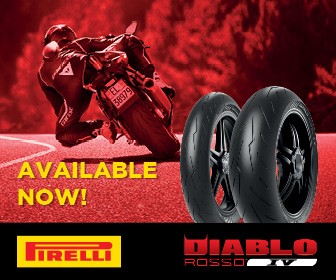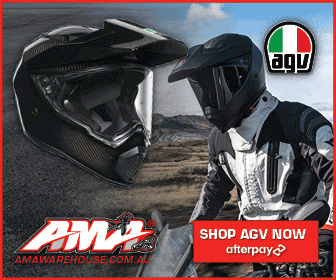Previous Story
TECHNICAL
Posted On 08 May 2024
Comment: Off

TEN TIPS FOR SURVIVAL RIDE TO LIVE WORDS MARK MCVEIGH PHOTOS COLIN WHELAN

It is not necessary to change. Survival is not mandatory. W. Edwards Deming
Unfortunately for riders it’s more perilous than ever riding a motorcycle these days. Congestion, drivers using mobile phones, tailgating, poor road surface and just a general disregard for fellow human beings by aggressive drivers is making riding a motorcycle around Australian cities just not as much fun as it should be. Here are ten tips to help you ride to live – and incidentally to have fun as well. You don’t have to do this, of course. As Professor Deming says, survival is not mandatory…






